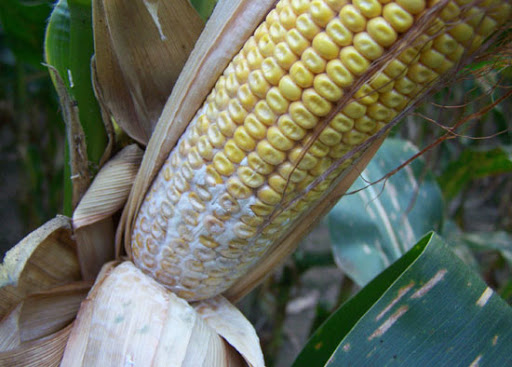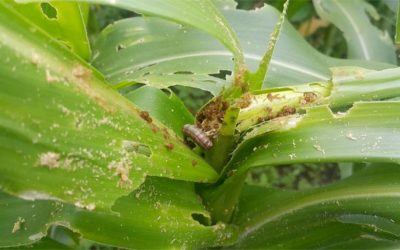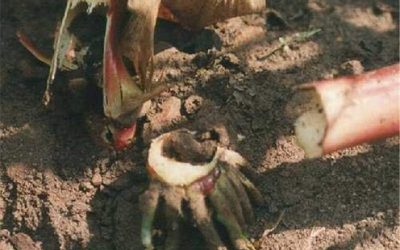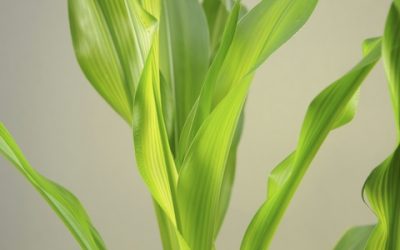Dealing with maize mold in the garden

Above average rainfall and continuous wet weather can slow field corn dry-down and delay harvest.
In many cases, very high soil moisture can restrict combines or similar equipment from entering fields, and crops may remain unharvested longer than usual.
This situation leads to several problems, including encouraging the growth of corn ear mold and reducing grain quality. In some cases, these types of mold may also pose a risk of mycotoxin contamination, depending on what type of fungal growth dominates, and thereby, affecting the overall grade of the maize.
Fungal species known to cause mold on maize are Trichoderma, Penicillium, Cladosporium, Stenocarpella (Diplodia), Fusarium, Gibberella and Aspergillus. However, only a few – Fusarium, Gibberella and Aspergillus– can produce mycotoxins. Thus, identifying which fungal pathogens are associated with ear rot becomes key to assessing if and for which mycotoxins a field is at risk.
Each mold is slightly different in color and may also vary in distribution on an ear, which may help identifying the most prevalent fungal pathogens.
As some mold produces toxins that are harmful to humans and/or livestock, especially dairy cattle, harvest and use decisions should be made by considering the concentration and type of toxins present in the composite sample taken from a field.
Prior to harvest, growers should take a close look at ears for prevalence of mold. Ears that have been damaged by birds should be inspected more closely. If the presence of toxin-producing fungal pathogens are suspected, an assessment of toxin concentration is necessary.
In a situation where 50 to 60 percent of the ears are infected with toxin producing mold species, the grower may decide not to harvest the crop and dispose of it by burning it or deep plowing the soil.


